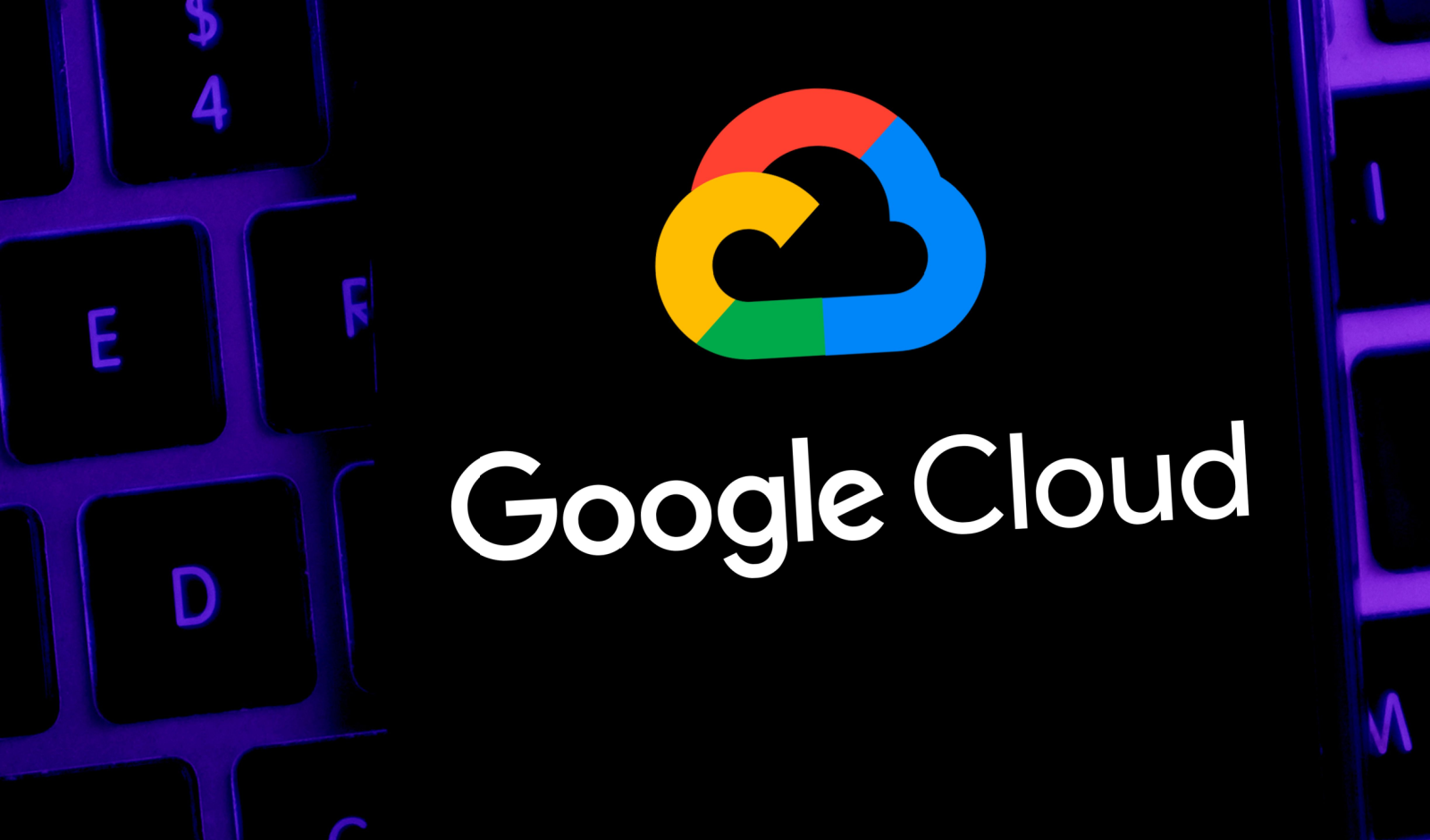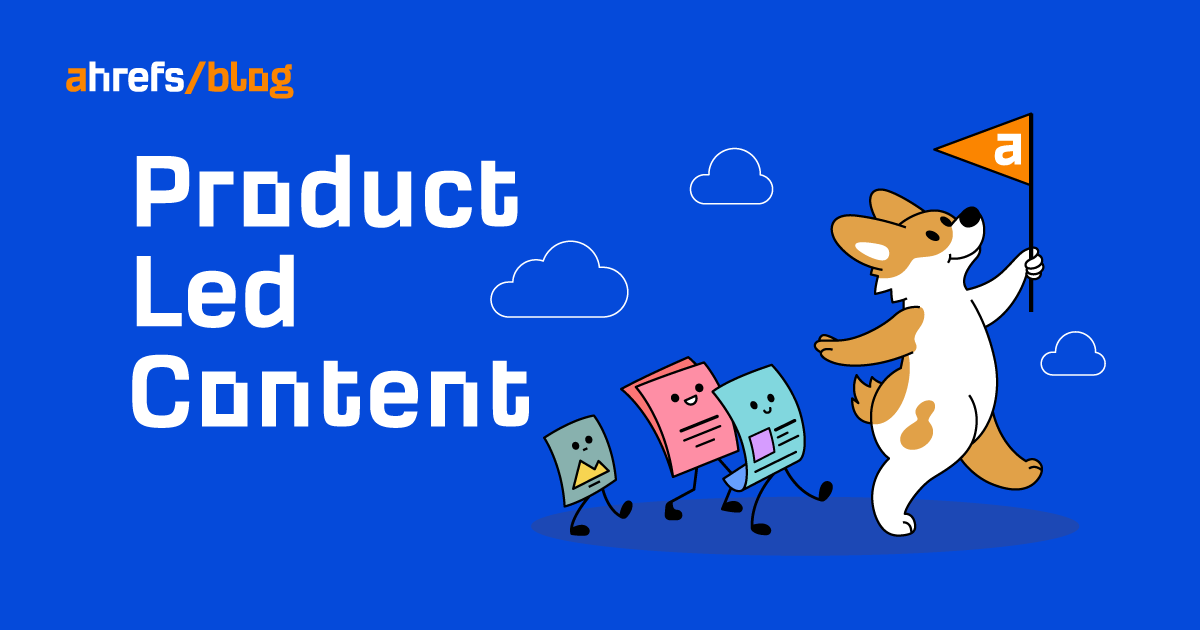Google Cloud Launches New AI Tools for Retailers via @sejournal, @MattGSouthern
Google Cloud is launching new and updated AI tools to provide customers with a smoother online shopping experience and assist retailers with in-store inventory management. The post Google Cloud Launches New AI Tools for Retailers appeared first on Search...

Google Cloud is launching four new and updated AI tools to provide customers with a smoother online shopping experience and assist retailers with in-store inventory management.
A personalized search and browsing experience for ecommerce sites. An AI-powered solution for checking in-store shelves. An AI-driven product recommendation system. A tool that uses machine learning to arrange products on websites.Here’s more about each of the new tools.
Personalized Search & Browsing For Ecommerce Sites
Google Cloud has introduced an AI-based tool that personalizes what customers see when they search and browse an ecommerce website.
The technology enhances the capabilities of Google Cloud’s existing Retail Search solution, helping to create a more seamless and intuitive online shopping experience.
The AI system behind this new tool can identify customers’ preferences by analyzing their behavior, such as the items they view, add to their cart, and purchase.
It uses this information to adjust the search results and prioritize products for a more personalized experience. The personalization is specific to the retailer’s website and is not connected to the customer’s activity on Google.
AI-Based Product Sorting For Ecommerce Sites
Google Cloud is launching a new AI-powered tool for ecommerce websites to improve the browsing and product discovery experience.
This feature uses machine learning to optimize the ordering of products on a retailer’s site when shoppers select a category.
Ecommerce sites have traditionally sorted product results based on either category bestseller lists or manually created collections, such as selecting which clothing to spotlight based on the season.
The AI-driven system developed by Google adopts a new strategy, using historical data to improve how products are sorted. This can increase relevance, accuracy, and chances of a sale.
This tool is now available as part of Google Cloud’s Discovery AI solutions for retailers.
AI-Driven Product Recommendations
Upgrades to Google Cloud’s Recommendations AI can make ecommerce sites even more personalized, dynamic, and helpful for individual customers.
One new feature, page-level optimization, allows the site to determine product recommendations to display to a shopper dynamically.
This can reduce the need for time-consuming user experience testing and can lead to higher user engagement and sales.
Additionally, a new feature for revenue optimization uses machine learning to offer more effective product recommendations, potentially increasing revenue per user session.
The machine learning model, created in collaboration with DeepMind, considers the product categories, item prices, and user behavior on an e-commerce site to determine the ideal balance between customer satisfaction and revenue growth.
Lastly, a new “buy it again” model harnesses a customer’s past purchases to suggest future follow-up purchases.
These new tools are now available to all retailers using Google Cloud.
AI-Powered Shelf Checking For Retail Stores
Retailers have been using various shelf-checking technologies for some time, but their success has been held back by the resources needed to develop AI models to distinguish and categorize products.
Google Cloud has launched an AI solution for checking shelves to help retailers identify products of all types at scale based solely on visual and text features.
The tool translates the data into actionable insights that can improve product availability, increase visibility into the current inventory, and identify where restocks are required.
This technology is currently in preview but will soon be accessible to retailers worldwide. Google notes that a retailer’s data and images remain their property, and the AI can only be used to recognize products and price tags.
Featured Image: DANIEL CONSTANTE/Shutterstock

 ShanonG
ShanonG 







![7 Strategies That Will Get Powerful Results for Your Marketing and Sales Teams [Free Webinar on May 24th]](https://neilpatel.com/wp-content/uploads/2022/05/1362817_WEBINAR-7StrategiesThatWillGetPowerfulResultsForYourMarketingAndSalesTeams.jpg)

















.jpg)






